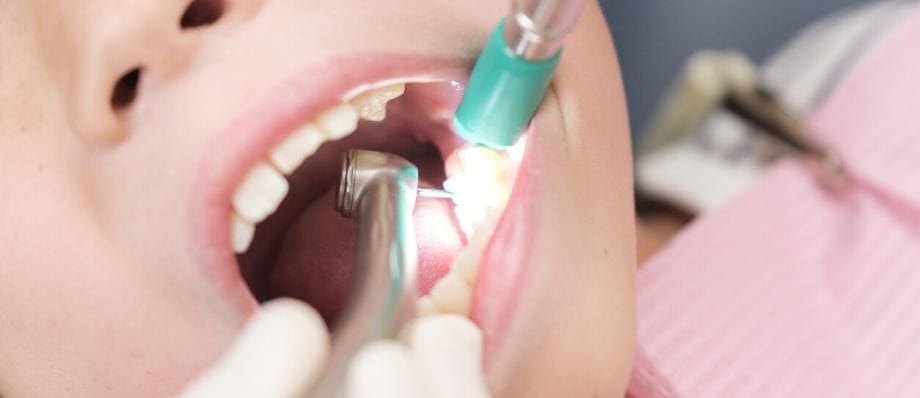Oral health plays a vital role in the overall well-being of children. Primary teeth, also known as baby teeth, are crucial for proper speech development, nutrition, and the alignment of permanent teeth. However, primary teeth are susceptible to dental caries and trauma, often leading to pulpitis, an inflammation of the dental pulp. To address this issue, dentists often employ a pulpotomy, a common procedure that aims to preserve the integrity of primary teeth while relieving pain and preventing further damage. This comprehensive article delves into the process, indications, techniques, advantages, and outcomes of pulpotomy in primary teeth.
Table of Contents
ToggleUnderstanding Pulpotomy
A pulpotomy is a dental procedure that involves the removal of a portion of the pulp tissue from the crown portion of a primary tooth while preserving the vital pulpal tissue in the root canals. The goal of this procedure is to eliminate infection or inflammation within the pulp and promote healing, thereby preventing the need for extraction.
Indications for Pulpotomy
Pulpotomy is commonly performed when the pulp of a primary tooth is affected by deep dental caries, trauma, or pulp exposure due to cavity formation. The following are the primary indications for pulpotomy:
- Dental Caries
- Trauma
- Pulp Exposure
Dental Caries
Extensive tooth decay that affects the pulp can lead to pulpitis, making pulpotomy necessary to preserve the tooth.
Trauma
Accidental injuries to primary teeth, such as fractures or luxations, can expose the pulp, requiring pulpotomy to prevent infection and maintain tooth vitality.
Pulp Exposure
When a cavity is deep and reaches the pulp, pulpotomy is often performed to remove the infected pulp and save the tooth.
Pulpotomy Procedure
The pulpotomy procedure typically involves the following steps:
- Patient Preparation
- Isolation
- Access Cavity Preparation
- Pulp Tissue Removal
- Medication Application
- Restoration
Patient Preparation
The child is adequately positioned and provided with local anesthesia to ensure a painless experience.
Isolation
The area surrounding the tooth is isolated using a rubber dam or a cotton roll to maintain a dry field.
Access Cavity Preparation
A small opening is made in the tooth using a high-speed dental drill to gain access to the pulp chamber.
Pulp Tissue Removal
The coronal portion of the pulp, which may be infected or inflamed, is carefully removed using a round bur or a spoon excavator. Hemostasis is achieved by applying sterile saline or a hemostatic agent.
Medication Application
A medicament such as formocresol, ferric sulfate, or mineral trioxide aggregate (MTA) is applied to the remaining pulp tissue to promote healing and prevent bacterial growth.
Restoration
The access cavity is filled with a suitable material, such as glass ionomer cement, composite resin, or stainless steel crown, to restore the tooth’s structure and prevent further decay.
Advantages of Pulpotomy
Pulpotomy offers several advantages in the treatment of primary teeth:
- Preservation of Primary Teeth
- Pain Relief
- Simplified Procedure
- Cost-Effective
Preservation of Primary Teeth
Pulpotomy allows for the retention of primary teeth until their natural exfoliation, maintaining proper function and spacing for permanent teeth.
Pain Relief
By removing the infected or inflamed pulp, pulpotomy effectively eliminates pain and discomfort associated with pulpitis.
Simplified Procedure
Pulpotomy is a relatively simple and time-efficient procedure compared to more invasive treatments like tooth extraction.
Cost-Effective
Saving a primary tooth through pulpotomy is a cost-effective option compared to the restoration or replacement of extracted teeth.
Outcomes and Long-term Effects
Pulpotomy has shown favorable outcomes and long-term effects in preserving primary teeth. Here are some key points to consider:
- Success Rate
- Tooth Preservation
- Maintenance of Space
- Psychological Benefits
- Future Oral Health
- Potential Complications
Success Rate
Numerous studies have reported high success rates for pulpotomy in primary teeth, ranging from 75% to 95%. The success of the procedure largely depends on proper case selection, accurate technique, and appropriate materials.
Tooth Preservation
Pulpotomy allows for the preservation of primary teeth, maintaining the integrity of the dental arch. This is important for proper chewing, speech development, and facilitating the eruption of permanent teeth.
Maintenance of Space
Primary teeth play a crucial role in maintaining space for permanent teeth. Premature loss of primary teeth due to untreated pulpitis can lead to malocclusion and orthodontic problems. Pulpotomy helps prevent premature tooth loss and subsequent space loss.
Psychological Benefits
Preserving primary teeth through pulpotomy can have psychological benefits for children. It helps maintain their self-esteem, speech, and social interactions by avoiding the gaps created by missing teeth.
Future Oral Health
By maintaining primary teeth until their natural exfoliation, pulpotomy contributes to the development of good oral hygiene practices in children. It establishes a foundation for their long-term oral health by encouraging regular dental visits and instilling a sense of responsibility for dental care.
Potential Complications
While pulpotomy is generally considered safe, there are potential complications to be aware of. These can include postoperative pain, pulp canal obliteration, root resorption, and crown discoloration. However, with proper case selection, technique, and follow-up care, the risk of complications can be minimized.
Conclusion
Pulpotomy is a valuable and effective procedure in preserving primary teeth affected by deep dental caries, trauma, or pulp exposure. By removing the infected or inflamed pulp and maintaining the vitality of the remaining tissue, pulpotomy offers several advantages, including tooth preservation, pain relief, simplicity, and cost-effectiveness. Furthermore, the procedure has shown favorable long-term outcomes, such as maintaining space for permanent teeth, promoting proper speech development, and contributing to the overall oral health of children. While complications may arise, they can be mitigated through careful case selection, technique, and follow-up care. Overall, pulpotomy in primary teeth is an essential component of pediatric dental care, ensuring the well-being and oral health of children, both in the present and for their future dental development.

